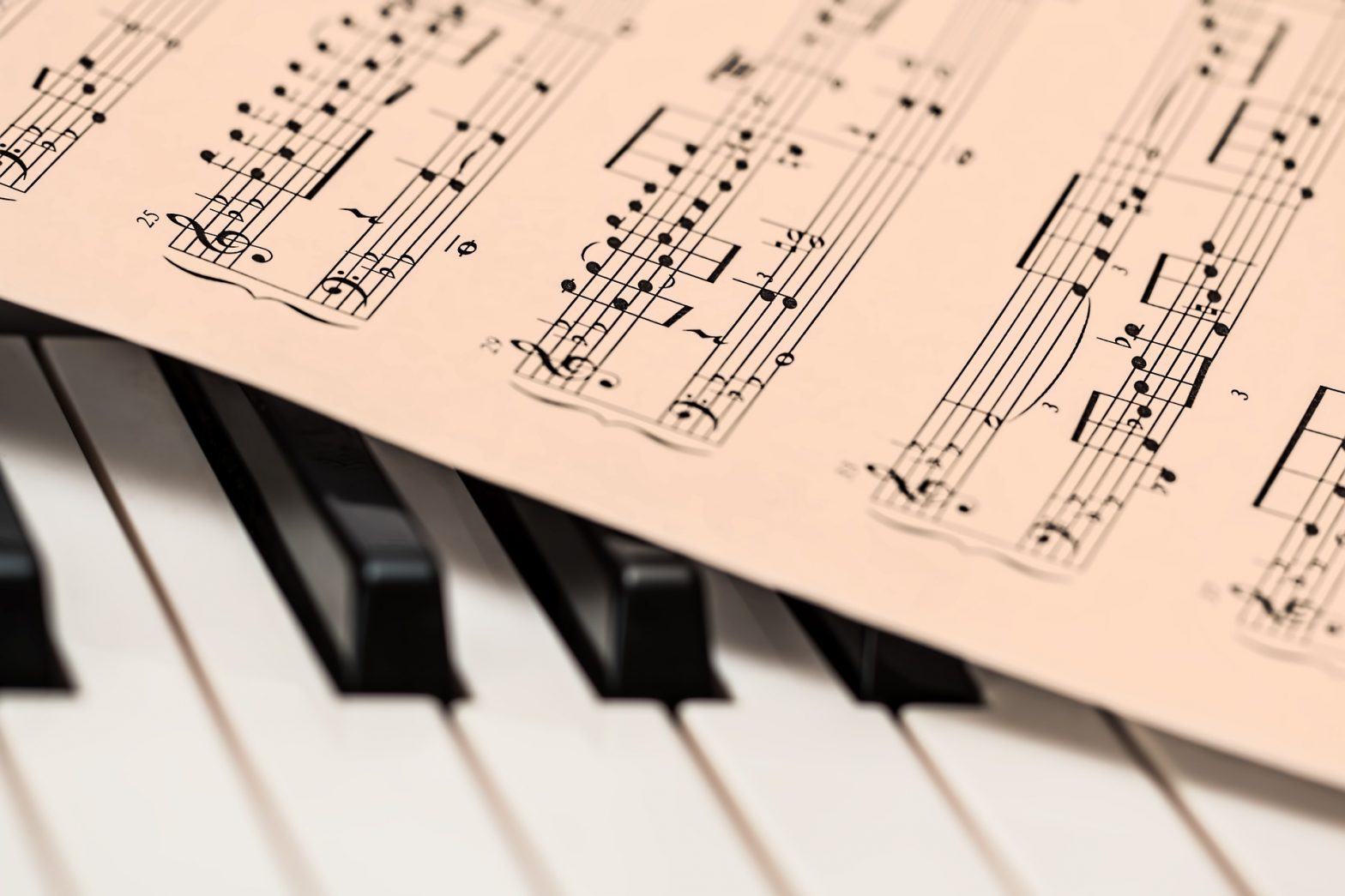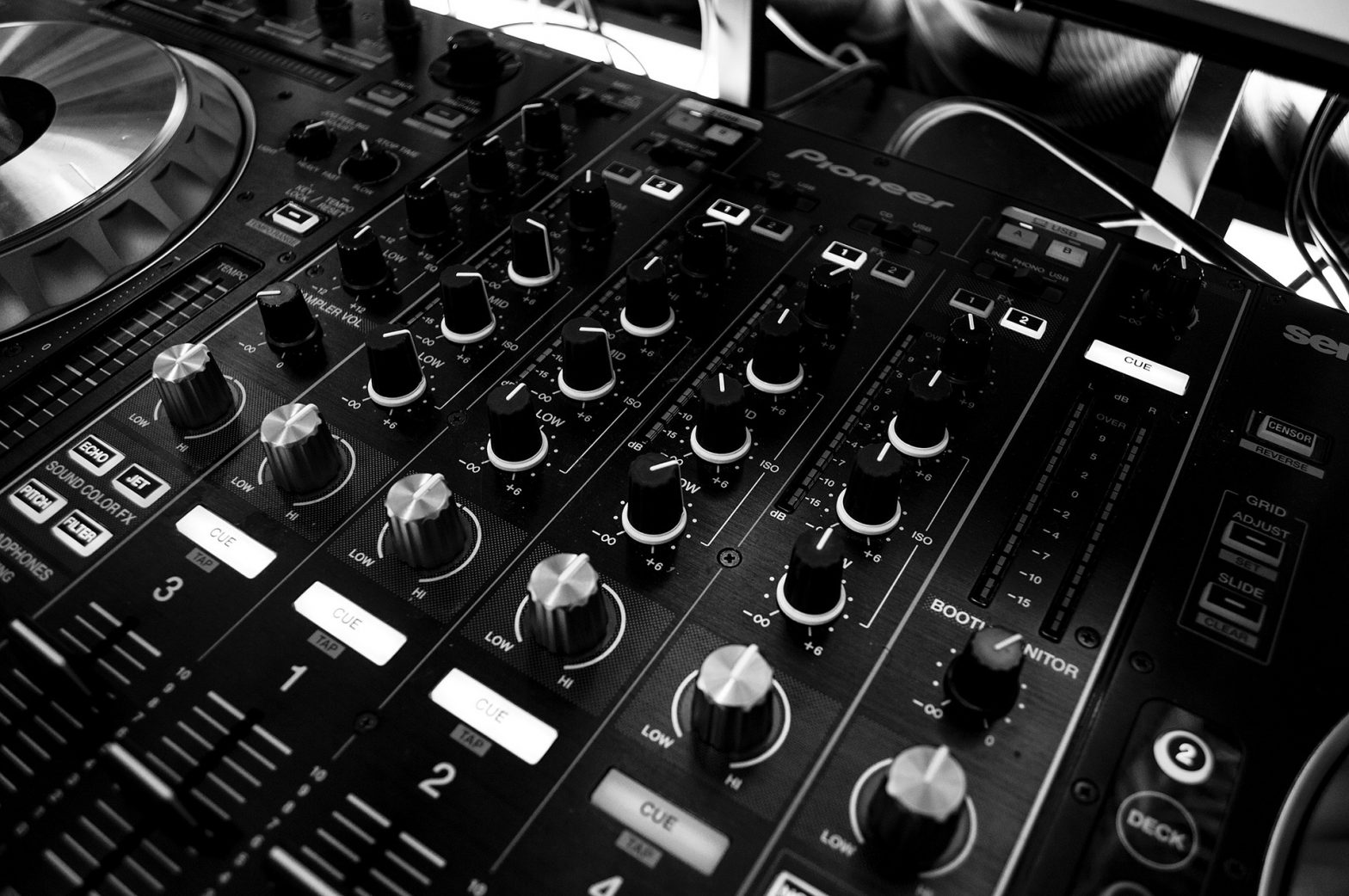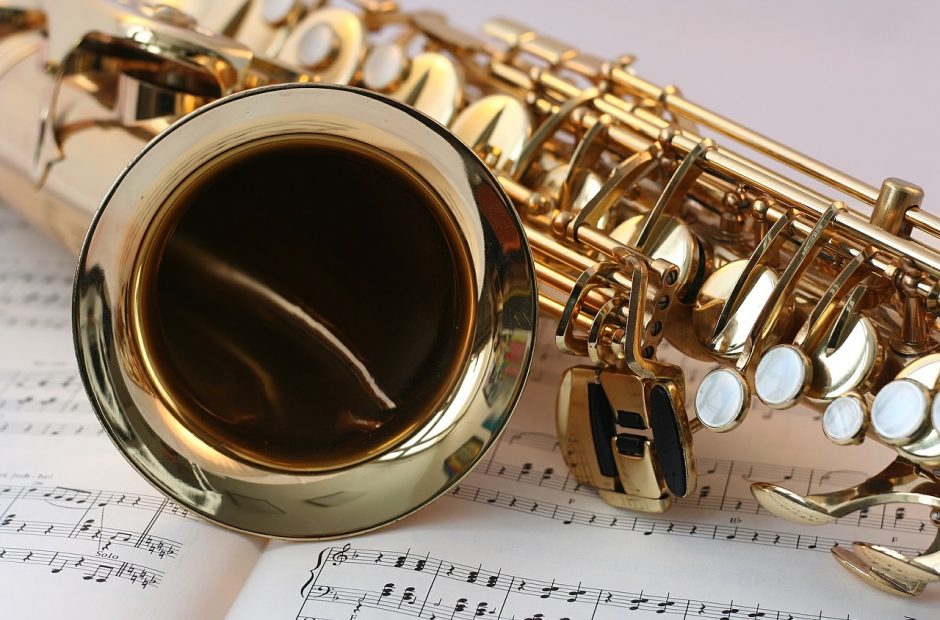Composing and improvising are closely related. In fact, most compositions begin as improvisations. What makes an improvisation become a composition? A composition is any improvisation that you play the same way twice. It’s something that turns out so good, you decide you want to keep it. Then you play it until it is memorized, you make a recording, or you write it down on paper. It becomes repeatable. Something to enjoy again and again.

Here’s a fun and simple project that will help your piano student write their very first song.
Musical Haiku
Start with some words. When creating a composition it helps to begin with some kind of framework, and for this project we’ll start by writing a simple poem called a haiku. A haiku has one line of five syllables, one line of seven syllables, and then ends with another line of five syllables. It’s short, simple, doesn’t need to rhyme, and it can be about anything your child wants to write a song about.
Find the rhythm. Once the haiku is written, ask your child to chant the words. Are there some syllables that want to go faster or slower than the others? Using note heads and stems, your child can write out the rhythm that goes with the words (see Lesson 12 for rhythm composition hints). Your child may want to try two or three different rhythms and pick their favorite.
Make a melody. Help your child choose a hand position on the keyboard. Then your child can start improvising, using the rhythm from step 2. Have them try three to five different melodies, then pick the one they like best.
Add chords (optional). If your child has completed all the lessons in Unit 1, encourage them to try adding chords to their melody.
Record it. If possible, have your child write out their composition, notes and rhythms, on some blank staff paper. While some children will really enjoy writing music down on paper, others might find it too difficult. If this is the case, you may want to make an audio or video recording of their composition instead. Your child could also take the rhythm they wrote in step 2 and write the letter names under each note.

Important Tip for Composition Partners:
Assure your piano student that when they compose, no one is judging right or wrong. The only thing that determines if it is good enough is if they like it!
